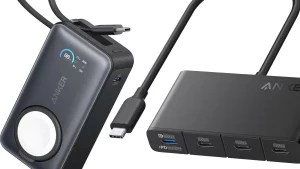Why You Should Buy a Mac mini Instead of an iMac
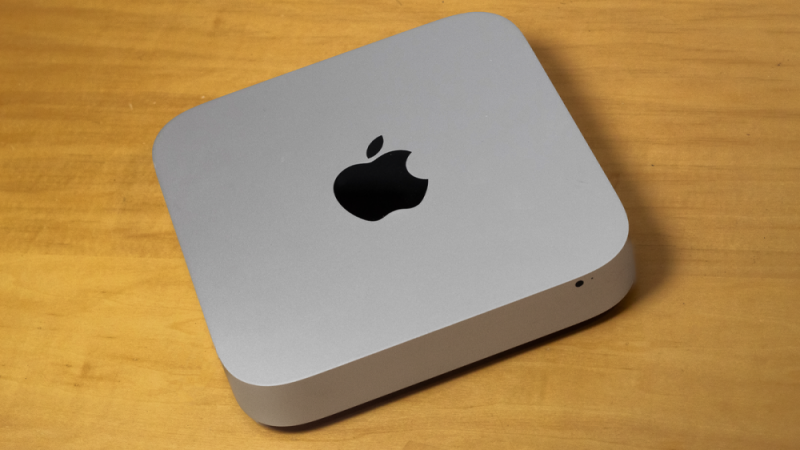
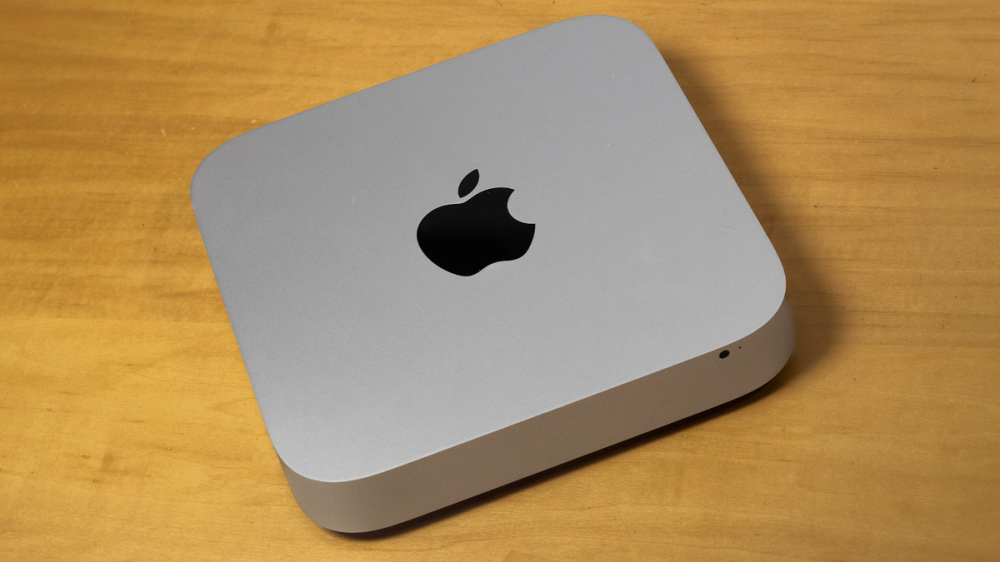
I bought my first Mac computer in 2010. Since switching, I’ve learned to love everything Apple. In that time, I’ve owned three MacBooks and an iMac. However, when it came time to trade up my iMac for a new model last year, I got a Mac mini instead. It was the right decision. Here’s why.
Mac minis Cost Less than iMacs
Build Your Own Mac Setup
You Can Actually Hook Your Stuff Up to a Mac mini
Mac minis Travel Easier Than iMacs
Life Beyond Your Main Computer
But What About Power?
Final Thoughts
Mac minis Cost Less than iMacs

Macs are notoriously expensive. It’s just something you learn to live with when you willingly lock yourself into the Apple dungeon. The least costly iMac currently available on Apple’s website is about $1,300. And they can get as expensive as $1,700 if you opt for a higher-end model. Mac minis, on the other hand, start at just $700 and range up to just $1,100. Granted, there are many add-ons you can put on both machines that will make them more expensive.
It’s also worth pointing out that the Mac mini is just a computing unit and doesn’t come with a display, keyboard, or mouse. This is likely the most significant reason it’s so much less expensive than its all-in-one counterpart. However, you can pick up quality components to fill those gaps for far less than the $400-$600 difference.
Build Your Own Mac Setup
Since the inception of the line in 1984, Macs have been an all-in-one affair. And that’s great for many users who don’t want to worry about buying displays, keyboards, mice, touchpads, speakers, and all the rest of the doodads that make computing a great experience. But what about people who want the power of macOS but have their own setup in mind?
The Mac mini allows you to bring your own gear to the Mac experience. Whether it be a curved monitor, a mechanical keyboard, Bluetooth speakers, or whatever else you got. And they don’t have to be the prepackaged components chosen by Apple.
Additionally, the Mac mini gives you the freedom to leave out components you don’t want. For example, I’ve opted not to include a webcam in my desktop setup. Even if I had never used the built-in webcam with an iMac, it would still be there, and I would have paid for it. If I ever wanted to use a webcam on my desktop, I could plug in my USB webcam or simply use my iPhone as a webcam—a feature that Apple introduced with the macOS Ventura and iOS 16 updates.
You Can Actually Hook Your Stuff Up to a Mac mini
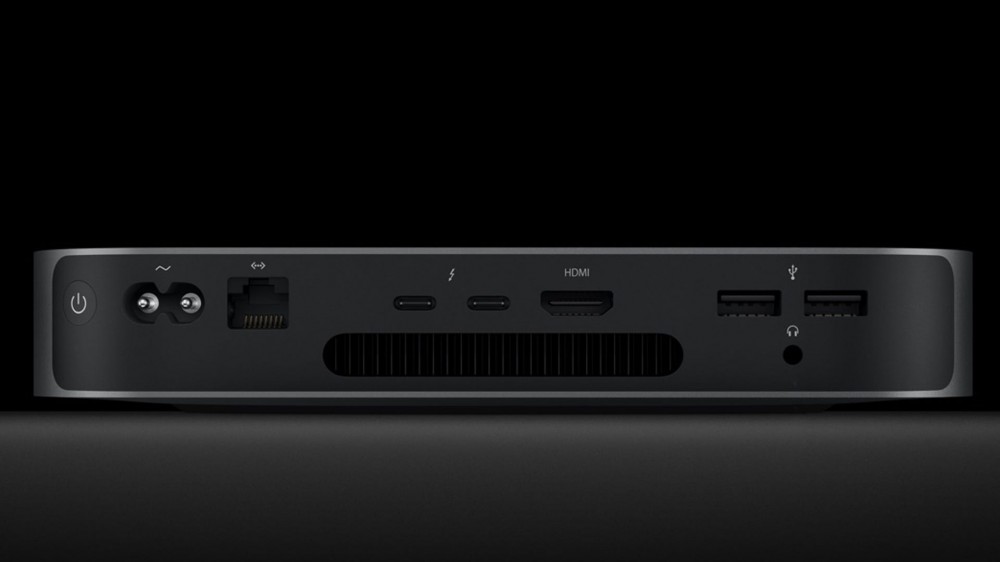
The biggest reason I decided to go with a Mac mini over an iMac is that I was becoming increasingly frustrated with Apple’s forced-upgrade march to USB-C/Thunderbolt. The current crop of iMacs comes with four USB-C ports, and that’s it. iMacs don’t even have an ethernet port or a headphone jack. I know Apple users are accustomed to living in Adapter Land, but this is ridiculous. I’m not ready to live in the world Tim Cook has waiting for me.
Sure, USB-C is a superior connector and the future of tech. But not everybody has caught up yet. I still have a lot of peripherals that connect via USB-A, and I’m not going to part with them. The Mac mini comes equipped with almost everything you need: an Ethernet port, two USB-C/Thunderbolt ports, an HDMI port, two USB-A ports, and a 3.5mm headphone jack.
The only thing the Mac mini doesn’t have that I need is an SD card slot (an extra HDMI port would also be useful). But I guess there’s no escaping Adapter Land after all.
Mac minis Travel Easier Than iMacs
Apple designs all Macs to be super portable. But have you ever tried to transport an iMac in your car? I have, and it’s a big pain. You have to angle the computer just right, lean the screen against the seat, and lock it in with a seatbelt to ensure it doesn’t tip over during transport. Plus, it takes up a bunch of space, and you can’t really fit much else around it if you’re transporting a lot of computer gear. And don’t even think about trying to put an iMac in the trunk. You never know what’s going to happen back there.
A Mac mini is small enough to fit in your glove box or under your seat, making it much safer to leave it unattended if you need to run into the gas station during your trip.
Just keep in mind that it does take much longer to reassemble a Mac mini setup when you get to your destination. If you plan on making a lot of non-permanent trips with your Mac, you should probably get a MacBook.
Life Beyond Your Main Computer
When iMacs die, there’s really not much to do with them besides throw them away, trade them in, or let them languish in the Museum of Outdated Technology (your garage) forever.
Mac minis can have a whole new life as repurposed tech. You can transform them into media servers, TV set-top boxes, Linux machines, remote desktops, and much more. Of course, you need to be a little tech-savvy to pull this off, but the point is that there are plenty of good uses for a Mac mini after it ages beyond its prime.
But What About Power?
You may think that because the Mac mini is smaller and more affordable than an iMac, it must have inferior performance. But a quick look at the specs puts that to rest.
The Mac mini comes with the same M1 processing chip as the iMac. It can be configured with up to 16GB of memory, just like the iMac. And its storage capacity can get all the way up to 2TB … just like the iMac. In terms of computing power, these machines are identical. But the Mac mini costs less, takes up less space, is easy to repurpose, and has a robust port selection.
Final Thoughts
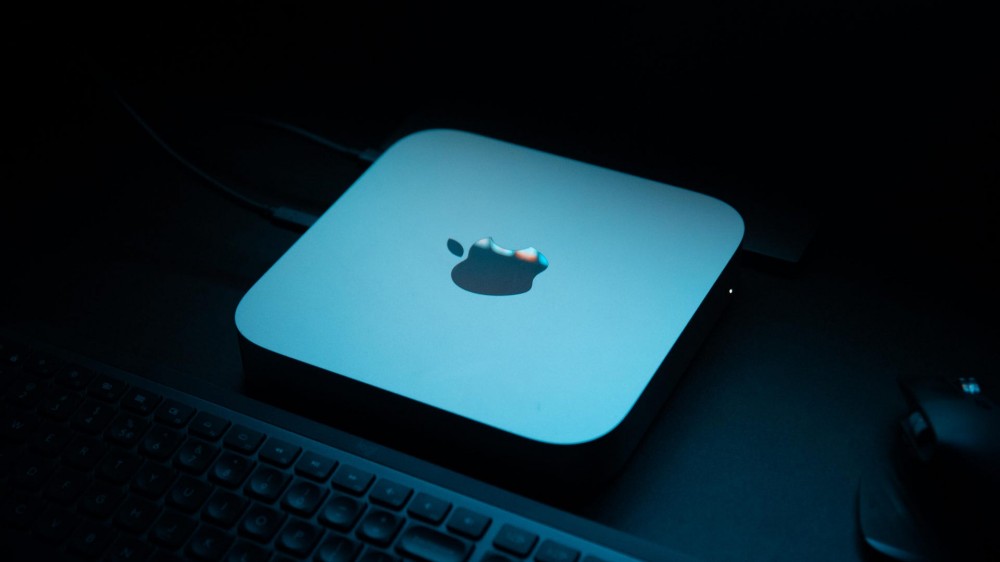
Switching to a Mac mini was the best computing decision I’ve made since buying my first Mac a dozen years ago. And while my initial decision was based solely on connectivity, everything else I’ve mentioned confirms that ditching the all-in-one model was the right choice for me.
So, if you’re ready to loosen your Apple chains a bit and breathe a little freer, the Mac mini is probably the right choice for you too. And if you want a bit of extra computing power, you could always try the Mac Studio, which is basically a Mac mini on steroids.





